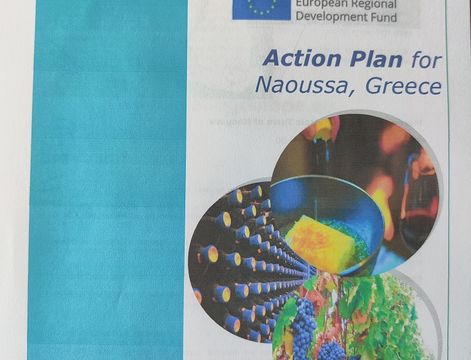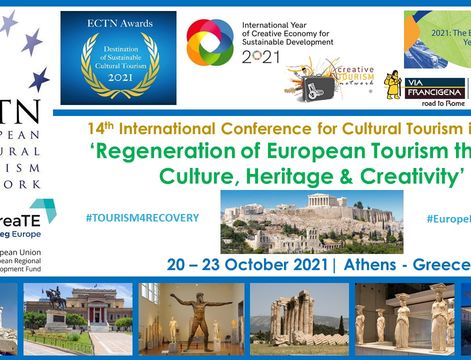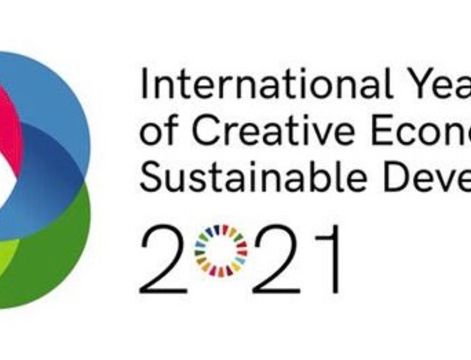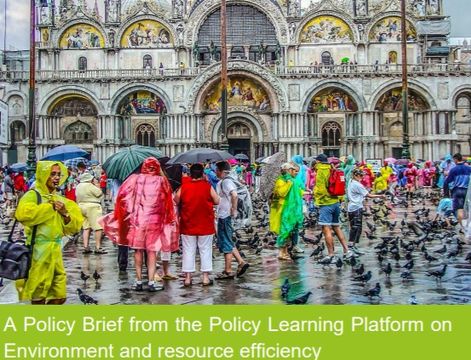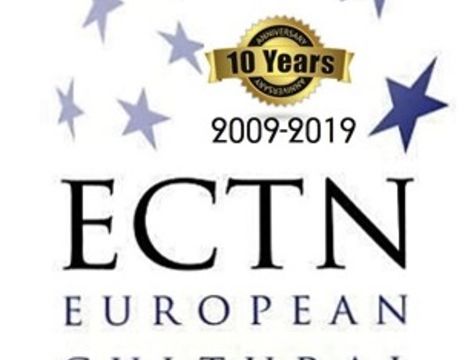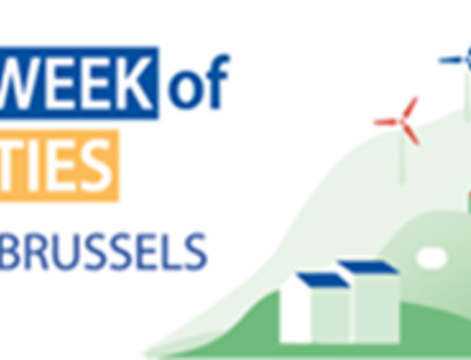The 3rd UNWTO/UNESCO World Conference on Tourism and Culture builds on the outcomes of the two previous editions of this event and their respective Declarations: the 2015 Siem Reap Declaration, which recommended closer and targeted partnerships between stakeholders of culture and of tourism; and the 2017 Muscat Declaration, which committed its endorsees to enhancing the contribution of tourism and culture in national SDG strategies.
Both declarations make clear that we must embrace the idea of not just creating tourism and culture partnerships, but also harness their potential to positively impact communities, and improve the overall visitor experience.
The theme of the 2018 World Conference, ‘for the Benefit of All’, puts forward two priorities:
1) creating more inclusive partnerships between tourism and culture stakeholders that contribute to SDG implementation; and
2) promoting tourism development that encourages cultural interaction and ensures the benefits are shared by all communities involved.
This year’s edition concentrated on technology, visitor management models and the approaches that bring the widest possible range of benefits to both visitors and locals, while safeguarding cultural values and heritage in line with responsible tourism principles and the UNWTO Global Code of Ethics for Tourism.
The Conference further highlighted how cultural tourism can make an important contribution to the United Nations’ 2030 Sustainable Development Agenda and its 17 Sustainable Development Goals (SDGs) in terms of poverty reduction, fighting inequality and promoting inclusive growth.
The Conference included a technical session on "Cultural tourism for sustainable and creative cities".
Today, cities are not only home to more than half the world’s population and three quarters of its economic activity, but also the destination for hundreds of millions of tourists per year worldwide. Many UNESCO World Heritage sites are located within or in the vicinity of cities.
As cultural hubs, cities are crucial for building sustainable development through a sustainable pattern of tourism built on culture with all its dimensions included.
By stimulating cultural and creative industries, supporting innovation and creators, promoting citizen and community participation, stimulating interaction between different stakeholders, cities are at the frontline to push forward sustainable urban development.
Culture is rooted at the center of tourism. To some extent, the latter could be seen as an aggregate of cultural experiences. From this perspective, the conceptualization, development, implementation, improvement and innovation of these cultural experiences are crucial for tourism of all sorts. Using creativity to enrich these experiences, with the help of various cultural and technical means ranging from story-telling to site-specific activities, from augmented virtual reality to AI-powered tour guiding, has been revolutionizing our understanding of tourism, which, in turn, has much to offer back.
Tourism’s contribution is not limited to generating economic opportunities, such as jobs and revenue creation, but has also been recognized as an integral part of many other dimensions of development. Cultural tourism can be a perfect communication tool to raise awareness for a more sustainable development pattern; it can be a medium to converge all cultural and creative sectors – design, music, gastronomy, literature, media arts, crafts and folk art, film, and many others; it can improve cities’ infrastructure, cultural facilities and public services; it can strengthen community identity and local cultural pride, and thus the transmission and regeneration of both tangible and intangible cultural expressions; it can also help building new social tissues and broadening collaboration between different stakeholders and actors. Without any doubt, cultural-centered tourism can be a catalyst for sustainable development, particularly in cities, where cultural activities and actors are concentrated and vibrant.
Cultural tourism is able to unleash the potential of cultural and creative sectors, making culture’s contribution to sustainable development more perceivable and apprehensible.
This session examined how cities around the world are taking innovative approaches and using cultural and creativesectors to achieve sustainable, inclusive and balanced development through culturaltourism. How to harness creativity so as to strengthen and innovate cultural tourism, andcreate synergy between them? How can creativity help safeguard the cultural heritage incities, both tangible and intangible, while also constantly reinventing them? How can allstakeholders, including both tourists and local host communities and regions, benefit fromcultural tourism in a sustainable way? New ideas and approaches are needed to transform these challenges into socio-economic sustainable development opportunities.



